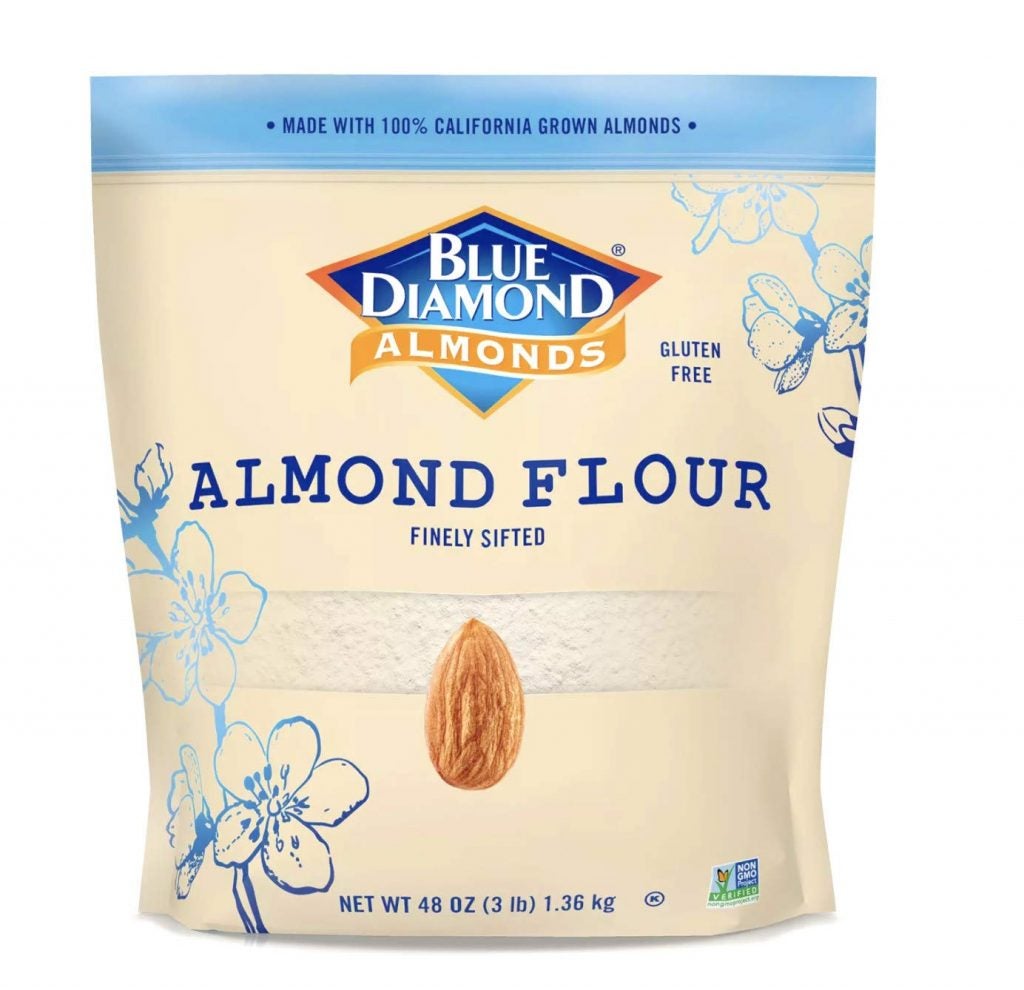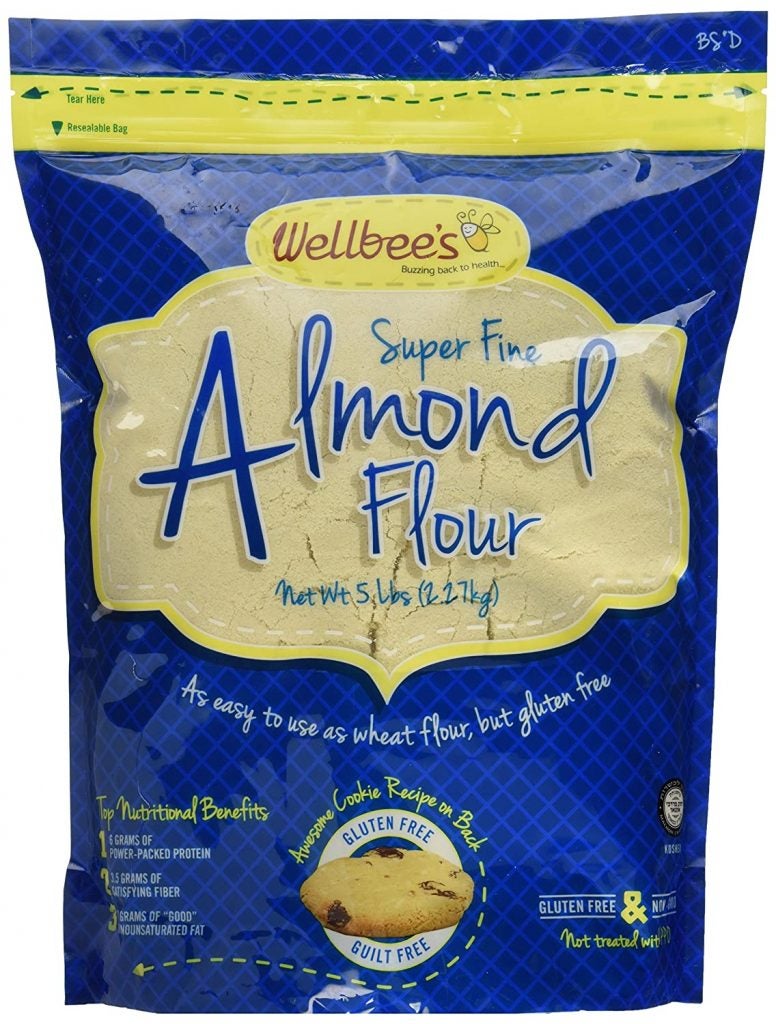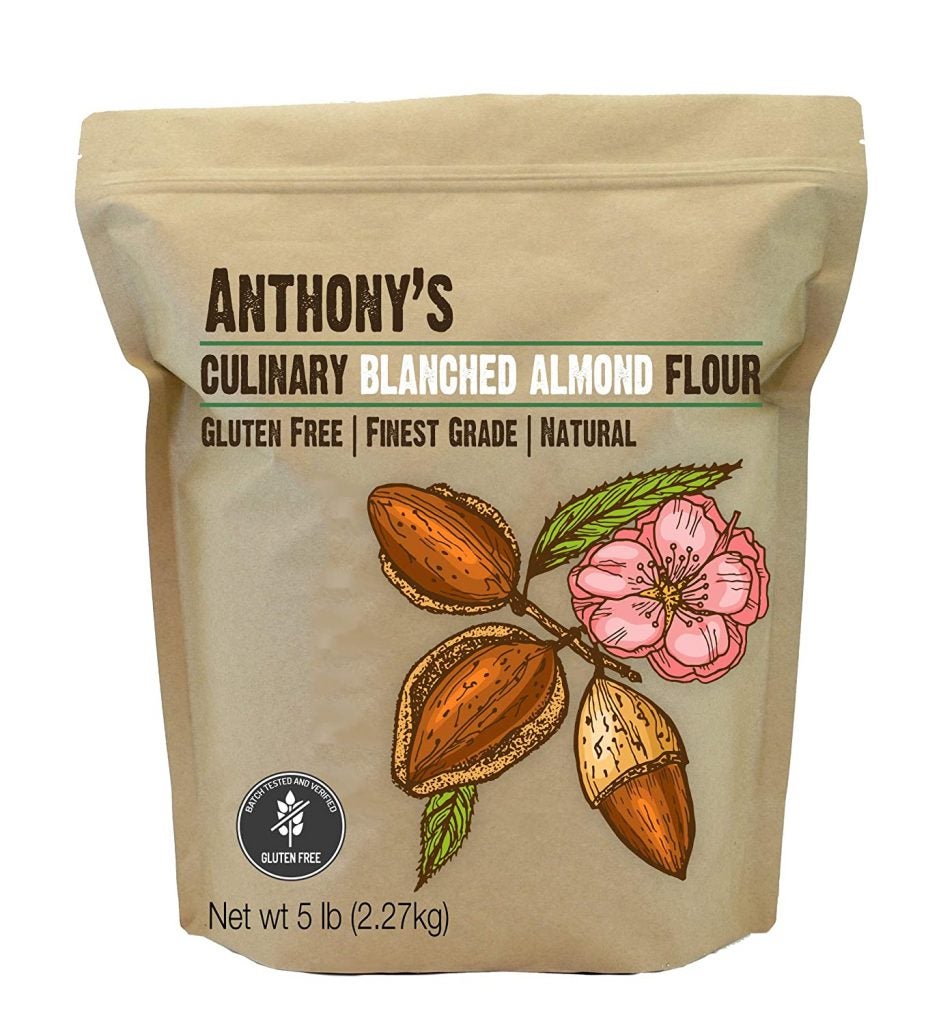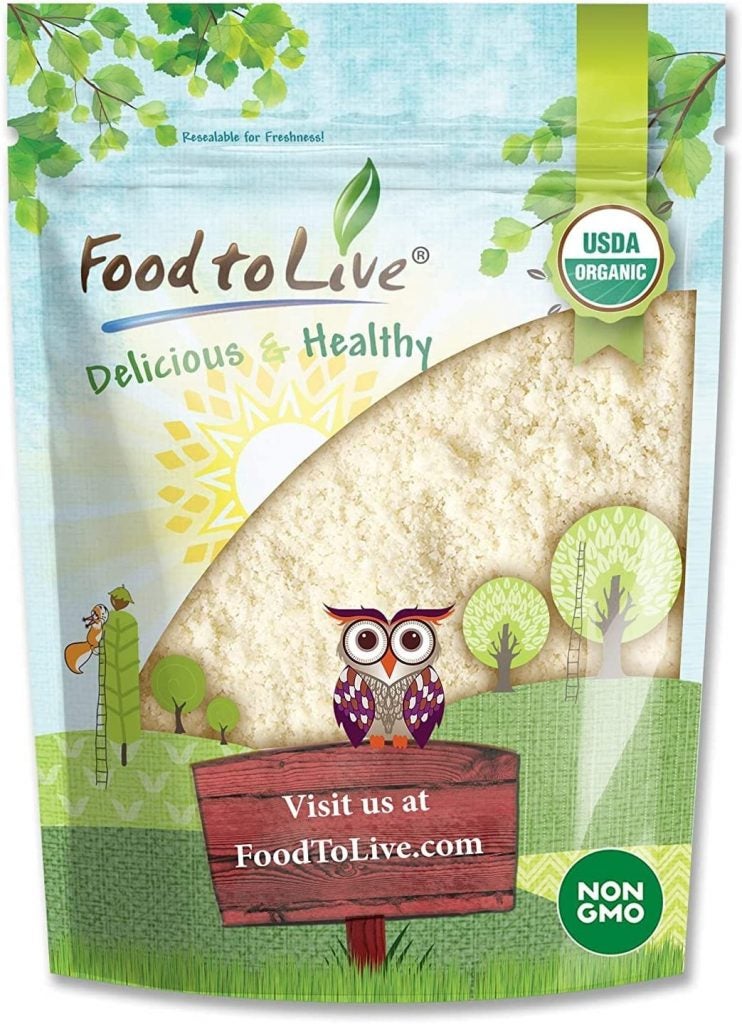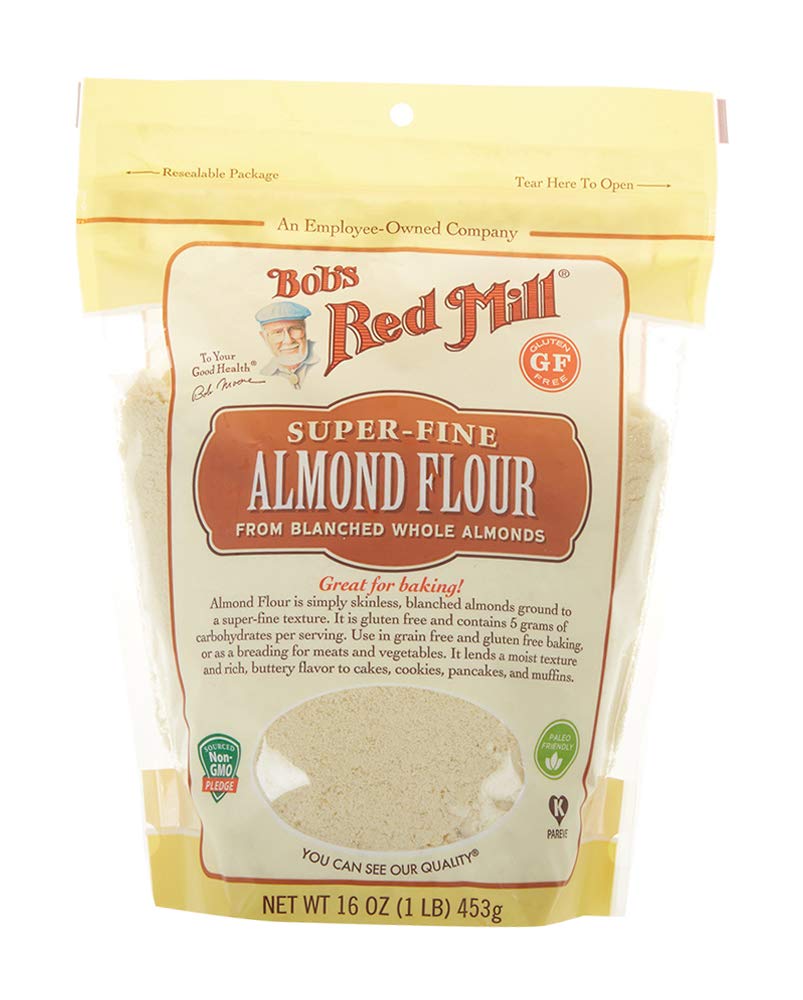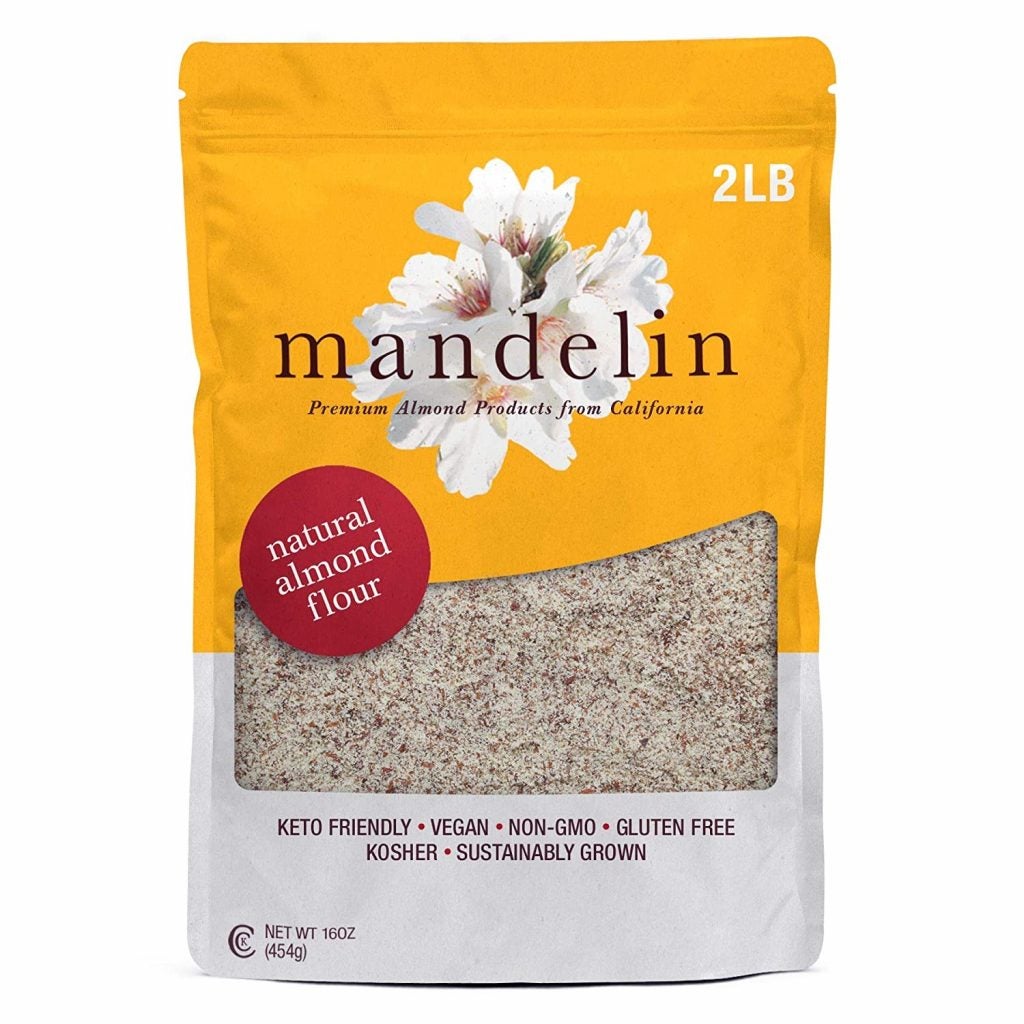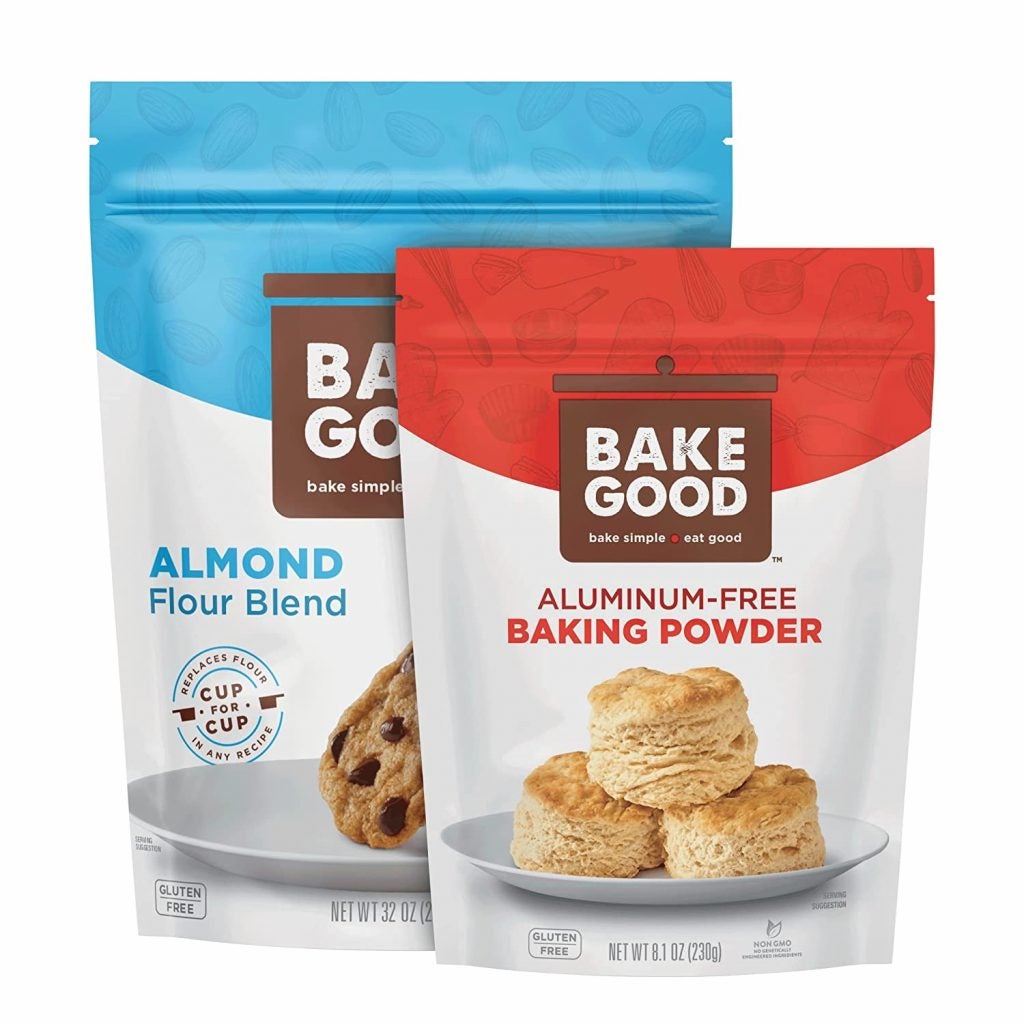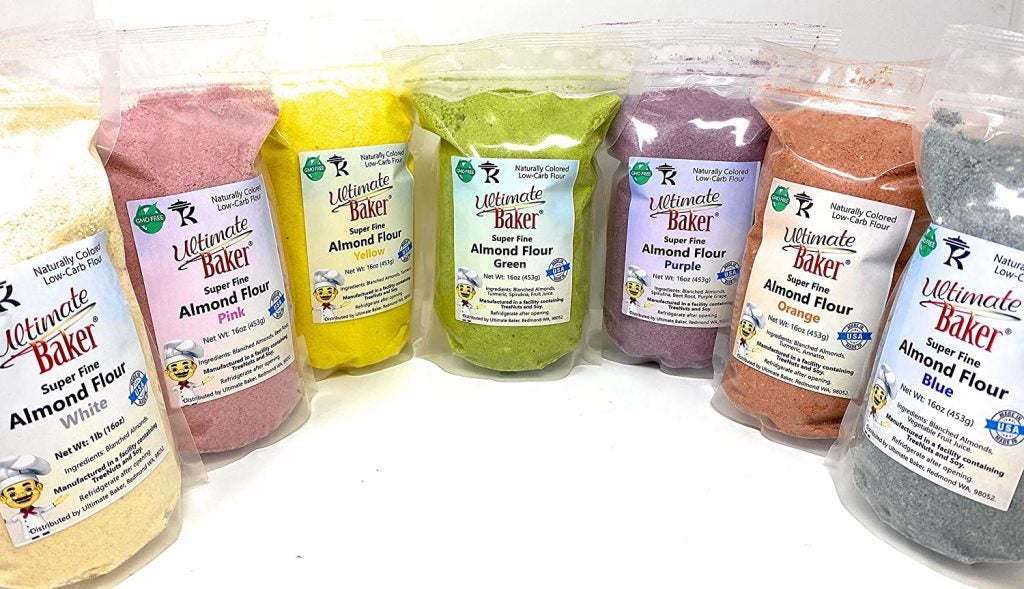Best Almond Flour
There’s nothing better than sitting down with a muffin and a coffee (or tea) for a mid-afternoon break. Sounds simple, right? But if you are gluten intolerant, then many baked goods, including bread, are off limits. That’s when a suitable alternative, such as almond flour, comes in to make enjoying your favorite foods possible.
Made from crushed or milled almonds, this alternative wheat flour generally has a fine and smooth texture to create treats that are light and fluffy. Even if you are not gluten-sensitive, baking with almond flour will make your treats keto- and paleo-friendly.
There are two different kinds of almond flour — blanched and unblanched — and which type you use is a personal choice. To help you decide, we’ve curated a list of some of the best almond flour you can purchase online. Read on to discover the one that makes all your gluten-free cookies, cakes, bread and pastries taste delicious.
1. Editor’s Choice: Blue Diamond Almond Flour, Blanched, Finely Sifted
Beginner bakers need to do a lot of research to source the right ingredients. Bakers who follow a keto lifestyle or are gluten free, must be even more diligent to find the kind of product that will provide perfect results and a delicious taste. Our top pick for almond flour is an affordable, highly rated option that is suitable for beginners and seasoned home chefs alike.
Available in a one-pound or a three-pound resealable bag, this finely sifted flour is light and fluffy and is made from high-quality blanched California almonds. Perfect to use in smoothies, hot cereals, as an alternative to a bread crumb coating, it can also be used as a replacement for wheat flour when making bread and other baked goods to give the food a non-gritty texture. It’s important to note that this product is produced in a facility that also processes eggs, dairy, wheat, soy and other tree nuts, however, the making of the almond flour is restricted to an allergen-controlled environment to prevent cross contamination.
This almond flour is the perfect pantry staple for gluten-free, paleo, keto, low carb, and plant-based diets.
Pros:
- Made from blanched California almonds
- Affordable
- No gritty texture
Cons:
- Resealable Velcro closure gets clogged with flour and doesn’t work
2. Runner Up: Wellbee’s Blanched Almond Flour
Our runner-up choice for your almond flour needs comes in a two-pound or five-pound resealable bag, with one pound equaling four cups of almond flour. Made from skinless almonds, it is ideal if you wish to do a lot of baking or want to have this pantry staple on hand for a multitude of uses.
The finely ground almond flour is non-GMO, gluten free and certified kosher, as well as being keto and paleo friendly. It is also pasteurized using boiling water and steam and not propylene oxide. In fact, the processing is simple: to produce the flour, a natural brown skin almond is run through a blancher, which is a hot water/steam shower with rubberized rollers that take the skin off the almond. The almonds then pass through a series of dryers to reduce the moisture level and to cool so they can be put through the grinder to produce a very fine grind that looks like a powder.
Pros:
- Certified kosher
- Super fine grind
- Pasteurized using boiling water and steam
Cons:
- Some users said the texture was grainy
3. Best Culinary Grade: Anthony’s Almond Flour Blanched Culinary Grade
If you love making macarons, then you know how important it is to use the highest quality almond flour to get the best results. Although you can use all-purpose flour, the results just won’t be the same.
Anthony’s makes a range of almond flours, but for macarons and other fine pastries and in fact, for all of your gluten-free baking, this culinary grade option does not disappoint. The flour is made from California-sourced steam-pasteurized blanched almonds that are finely ground using a proprietary milling process that creates a smooth, powdery almond flour. It comes in a five-pound bag and is a bit more expensive than other brands, but you will find no grainy pieces in the flour.
Batch tested and verified gluten-free, the almond flour has no artificial ingredients or preservatives and does not need to be refrigerated. Grown and packed in California, it can be stored in a cool, dry place in your pantry.
Pros:
- Very fine grind
- Good for making macarons
- Batch tested
Cons:
- Resealable bag doesn’t always reseal properly
4. Best Organic: Food to Live Organic Almond Flour
Almonds are a healthy food choice but the way the nut is grown can make a difference when you consume it. Depending on the farming methods, the nuts can be exposed to pesticides, herbicides and other contaminants during the growing season, which are transferred to the flour when the almond is ground. For many people, this is not a problem, but if you have embraced an organic lifestyle, then you may want to consider this next option, an almond flour that is USDA certified organic.
Being organic doesn’t change the texture or quality of the almond flour. Made from blanched almonds and containing non-GMO ingredients, the flour comes in a five-pound bag, enough to suit all of your baking needs, from cakes and cookies to being a great substitute for breadcrumbs. While this product is gluten free, anyone with Celiac disease or other nut allergies should be aware that the flour is packaged in the same facility with tree nuts and wheat.
Pros:
- Certified organic
- Non-GMO
- Large five-pound bag
Cons:
- Pricey
- Packaged in the same facility as tree nuts and wheat
5. Best Allergen-Free: Bob’s Red Mill Almond Flour
Having food allergies or sensitivities is no joke. In the best-case scenario, if a person eats the wrong food, they just might not feel well and have a stomach-ache while the worst-case can be anaphylactic shock and sometimes death. That means not only are the ingredients in a food important, but also the place and method by which it was processed.
This super-fine almond flour from Bob’s Red Mill is free of many common allergens, which makes it an ideal choice for anyone sensitive or allergic to milk, sesame seeds, soy, tree nuts, wheat, fish, crustaceans and gluten. In fact, to ensure the integrity of the gluten-free status of the flour, it is processed in a separate, 100 percent gluten-free facility and batch-tested in a quality control laboratory using an ELISA Gluten Assay test.
The California-grown almonds are non-GMO-Project certified, blanched and ground to a fine meal, and is available in a 16-ounce or a 32-ounce size.
Pros:
- Finely ground
- Processed in a separate gluten-free facility
- Free of common allergens such as milk, fish, sesame seeds and more
Cons:
- Pricey
6. Best Unblanched: Mandelin Grower Direct Pure Natural Almond Flour with Skin
So far, the different almond flours on our recommendations list have been made from blanched almonds, a process whereby the brown skin of the almond is removed before it is processed into flour. Many people prefer blanched flour since it produces a finer, more powdery grind and is whiter in color as it is not tinted by the skin. However, if you prefer the additional nutritional benefits of unblanched almond flour, then consider this product that is also certified kosher for Passover.
The almonds in this flour are sustainably grown, ground, packaged and delivered from a family-owned, solar-powered California facility, with the almonds steam pasteurized before being turned into flour. Milled with the brown skin left intact, the flour is ground into an extra-fine meal the traditional way with marble mill stones, retaining all of the almond’s natural fiber. The almond flour is gluten-free, non-GMO and is available in one-pound, two-pound, or three-pound packages.
Pros:
- Sustainably grown and produced
- Certified kosher for Passover
- Non-GMO
Cons:
- Some people may not like the darker color
- Some people may not like the grainer texture of the almond meal
7. Best Blend: BakeGood Baking Powder & Almond Flour Blend Bundle Pack
Many people prefer pure almond flour, with the only ingredient being 100 percent almonds. But there are other gluten-free options available that blend different flours with almond flour and can be used to create delicious baked goods. These are also a good choice for anyone who wants to reduce their consumption of almonds.
This flour blend contains almond flour, brown rice flour, white rice flour, potato starch and tapioca flour and can be used as a wheat-flour alternative in all of your baked goods. It comes in a 32-ounce resealable bag, and while it’s a bit pricey, you also receive a separate, resealable eight-ounce bag of aluminum-free baking powder, an important ingredient in most bread and cake recipes. However, the baking powder does contain corn starch and may not be a good choice for anyone with a sensitivity to corn.
The almond flour blend is a 1:1 ratio substitution for all-purpose flour and is gluten-free and non-GMO.
Pros:
- Almond blend contains brown and white rice flour and tapioca flour
- Non-GMO
- Includes a package of aluminum-free baking powder
Cons:
- Pricey
- Baking powder contains corn starch
8. Also Consider: Ultimate Baker Almond Flour Mixed Pack
Red cupcakes, yellow birthday cake and blue cookies — what? Baking for kids can be fun, especially when you can make fun, colorful treats to make the celebration extra special.
This mixed pack of almond flour is perfect for making colored macarons, cupcakes, cookies and more, since each bag has been naturally colored with real fruit and vegetables. So, for example, yellow is derived from turmeric, red from radishes, green from spirulina and purple/blue from purple grapes, not only adding color, but also the nutritional properties of these foods.
The taste of the almond flour is not affected by the coloring and inn fact, has a sweet, buttery taste and the right consistency for easy baking. The almond flour is made from blanched almonds, is certified kosher, non-GMO and of course, gluten-free, and is available in one- two- and five-pound bags. While you can store the almond flour in an air-tight container away from direct light, it is recommended refrigerating the flour after it has been opened or freezing for extended storage.
Pros:
- Fruit and vegetable-derived coloring
- Made from blanched almonds
- Adds fun colors to baked goods
Cons:
- The colors may not be suitable for everyone
What to look for when choosing almond flour:
At first glance, it may seem as if all almond flour is the same. After all, there is usually only one ingredient: almonds. But when you take a closer look, you’ll see that as with most things, there are subtle, and not so subtle, differences between brands. Yes, by its very nature, all almond flour is gluten-free, but where it is processed can have a major impact on how a specific almond flour may affect you or a family member who is celiac or sensitive to gluten. That’s because cross contamination can occur. If you need to be careful, then read the packaging and make sure the flour has been processed and packaged in a designated gluten-free facility to avoid cross-contamination.
When looking for almond flour, another thing you’ll notice is that there are two types: blanched and unblanched. The different types can be used interchangeably, but there are some differences that may affect the one you decide to purchase.
Blanched almond flour: Anyone who has seen a raw almond knows that it has a brownish-red skin covering an off-white, oval-shaped nut. When an almond is blanched, the skin is removed from the nut. This is done by soaking the almonds in boiling water for around two minutes and then washing them in cold water, at which time the skin should fall off.
Because the skin is removed, the blanched almonds produce flour with a smooth, delicate texture that if finely ground, is like a powder. Many people prefer using blanched almond flour because its fine texture creates baked goods that are light and fluffy, giving a consistent look to whatever they make.
As well, some people prefer blanched almond flour because almonds contain high amounts of phytic acid, which is an anti-nutrient that in some people, can interfere with the absorption of iron, calcium, zinc, magnesium and copper. Phytic acid is found mainly in the skin of almonds, so when the skin is removed, the amount of phytic acid is greatly reduced.
Unblanched almond flour: Unblanched almond flour is the result of grinding almonds into flour with the skin on. The inclusion of the skin produces flour with a reddish-brown hue and darker brown specks throughout and this can change the appearance of whatever you are baking. However, many people are not bothered by this because keeping the skin on also provides a more nutritionally dense flour, since almonds have many health benefits (phytic acid notwithstanding). Finally, unblanched almond flour has more of a meal-like texture and is less powdery than bleached flour, and this is often the deciding factor for many bakers who prefer the lighter, fluffier texture of blanched almond flour.
Almond flour blends: Most almond flours contain one ingredient: almonds. However, blending a number of gluten-free flours can produce different results when baking, both in texture and in taste. For example, a blend of almond flour with rice flour, tapioca flour, tigernut or cassava flour gives you more options in what you can make, plus allows you to experiment with textures and taste. There is no right or wrong with this. It’s just something to consider if you want to expand your gluten-free baking horizons and try almond flour blending with another gluten-free option.

